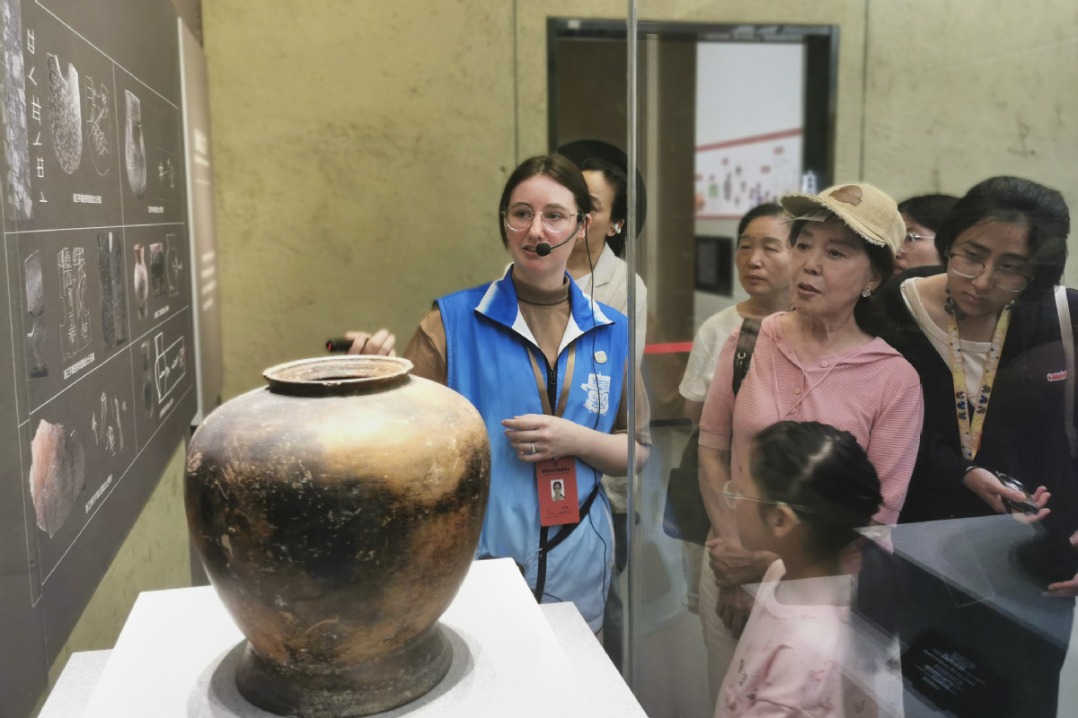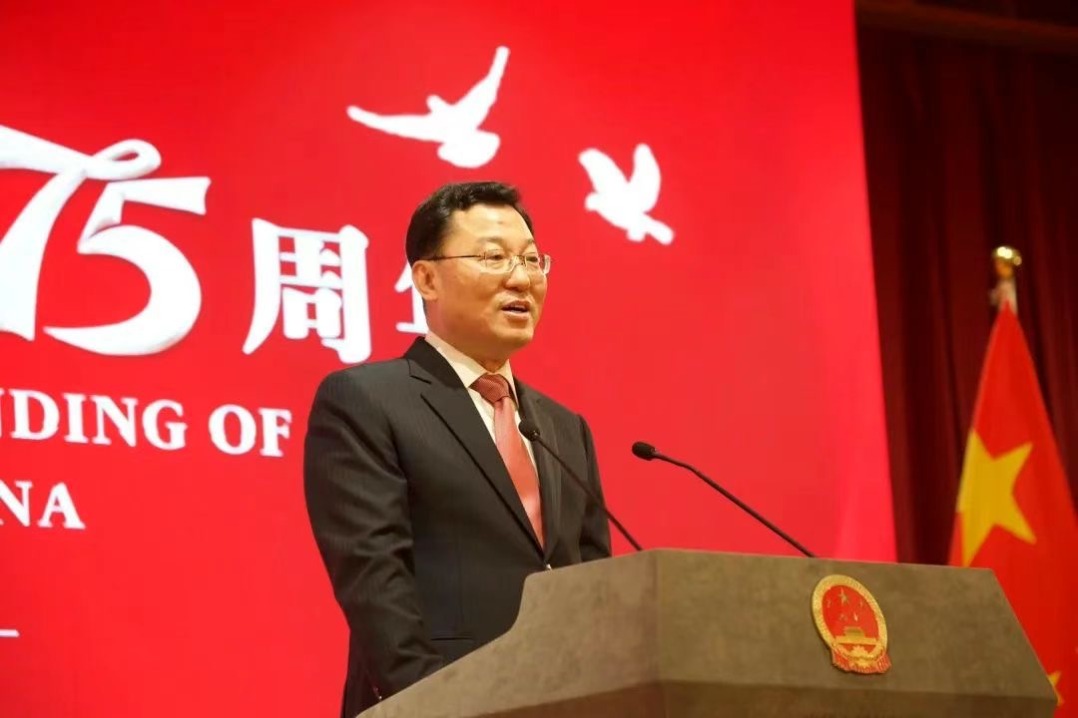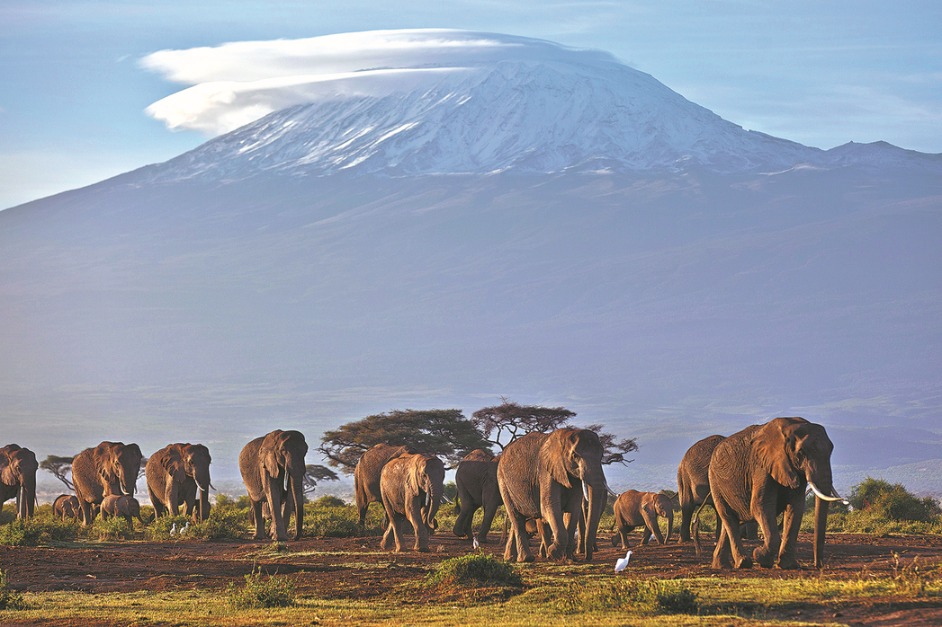BRI has transformed Kenya's infrastructure development
By Dennis Munene | China Daily Global | Updated: 2022-07-28 09:17
While traditional partners wrote off Africa as a "hopeless continent", China chose to invest in developing Africa's huge potential as a resource-rich frontier and future market.
China became a friend and partner with no strings attached. China, which is now focused on building a community of shared future for mankind, launched the Belt and Road Initiative in 2013.
President Xi Jinping described the initiative as a vehicle for achieving infrastructure, policy, trade, financial and people-to-people connectivity to create new drivers of shared development.
Fifty-two out of the 55 member states of the African Union now participate in the BRI. Worldwide, as of April, 149 countries and 32 international organizations had signed more than 200 cooperation documents with China to jointly build the Belt and Road.
Indeed, the BRI has become an inextricable part of the story of "Kenya and Africa rising".
Reflecting the success of China's reform and opening-up since 1978, the BRI has greatly inspired Africa.
The developmental growth of China, spurred by free-market reforms, enabled Beijing to lift more than 800 million Chinese out of poverty and eliminate extreme poverty by December 2020.
Putting the BRI into context, China has supported Africa by constructing about 100,000 kilometers of roads, more than 10,000 km of railways, almost 100 ports and numerous hospitals and schools, as noted by State Councilor and Foreign Minister Wang Yi in March during the fifth session of the 13th National People's Congress in Beijing.
By achieving these development milestones, the BRI has aligned its vision and mission with that of the African Union's Agenda 2063 and specific visions of countries, such as Kenya's Vision 2030.
In Kenya, through the BRI, China has supported modern infrastructure projects such as railways, expansion of roads, construction of ports, dams, industries, digital connectivity and airports, all of which injected vitality into the country's economic and development growth.
For instance, regarding rail projects, the Mombasa-Nairobi phase of the standard gauge railway, a flagship project of Kenya's Vision 2030, cost approximately $3.8 billion-90 percent of which was funded by the Export-Import Bank of China and the remainder by the Kenyan government. The railroad, which is 472 km long, is in line with the shared principle of building an ecological civilization that balances development and environmental protection, as 14 wildlife channels were built over the 120-km part of the line crossing through Kenya's Tsavo National Park.
Its impact has been immense. The rail line has integrated a transportation network in East Africa, created approximately 46,000 jobs for local people, enhanced bilateral economic and trade development, and advanced cultural exchanges between China and Kenya.
The Nairobi-Naivasha rail route, which totals 120 km and was built at a cost of $1.48 billion, according to Kenya's State Department of Transport and Infrastructure, will facilitate Africa's industrialization as well as the economic prosperity of areas along the railway.
In addition, the BRI has led to the construction of approximately 115 km of road bypasses in Nairobi, the 27.1-km Nairobi Expressway, the 453-km Lamu-Garissa Road and 300 km of informal settlement roads in Nairobi.
These roads have effectively reduced traffic jams and boosted regional economic development through the convenient movement of goods and services across the country.
Regarding port projects, the Mombasa Port's berth and storage yard projects will improve traffic flow at the port, while the Kipevu Oil Terminal will improve the efficiency of oil transportation in Kenya.
Furthermore, the Likoni Floating Bridge and the Makupa Bridge, which cost a total of $60 million to build, have improved pedestrian and motorcycle movement and ensured safety.
In line with the BRI agreements, Kenya is committed to promoting a free trade regime in an open world economy while embracing the trends toward a multipolar world, economic globalization and cultural diversity.
Kenya and China, through the BRI, have agreed to continue to strengthen cooperation under the principle of wide consultation, joint contribution and shared benefits.
Through the agreements, the two partners are committed to the ideals of globalization in a world increasingly resorting to anti-globalization tendencies such as protectionism and isolationism.
The author is executive director of the China-Africa Center at the Africa Policy Institute in Kenya.
























